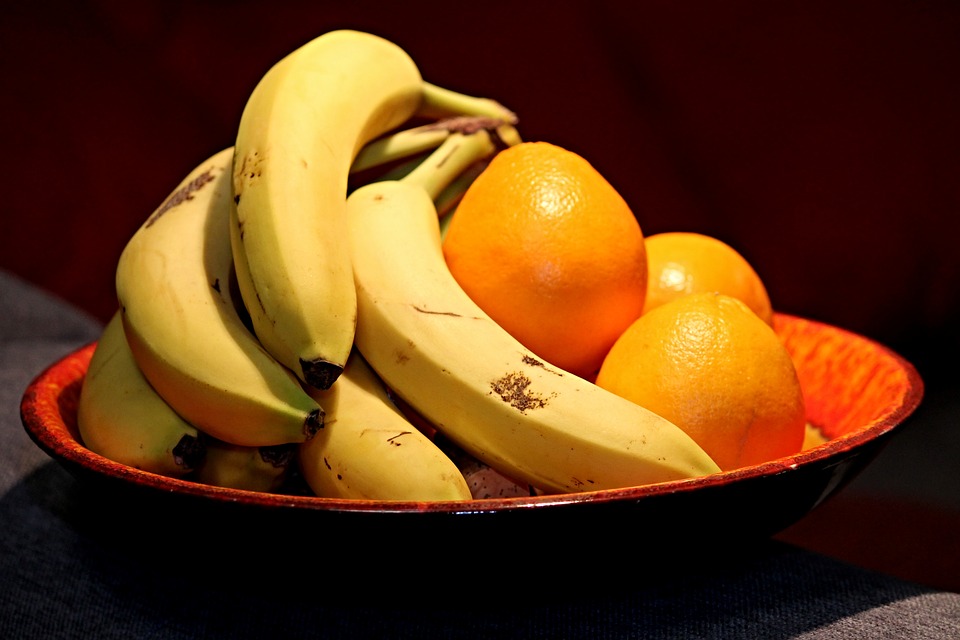
The word ‘Potassium” derives from “Potash” which was named so since it was prepared by evaporating ashes of wood in a large pot. So even the term ‘potassium’ tells you that plants are good sources. While bananas & oranges are always mentioned as rich potassium sources – potatoes, spinach, jackfruits, kiwis, etc are much better sources. Little surprise then that in fast food demographic, hypokalemia is common.
A nurse once asked me, “Doc why waste money on meds ? why don’t we give our patient bananas or something ?”. Here’s why:
- Fruits & veggies are low in potassium, which is actually lucky for us, otherwise they would taste nasty. A medium banana has about 12 MeQ of potassium. To raise potassium levels from 3.0 ot 4.0 would mean giving a total of around 100 MeQ potassium – like I have covered here. Can we expect a sick patient to eat 8-9 bananas ? Most of our sick patients have low or no appetite or have nausea.
- The potassium in natural foods exists in the form of potassium citrate, phosphate, etc – not potassium chloride (KCL). Though both are absorbed well, our bodies retain potassium from KCL almost twice as better compared to citrate.
- Usually the acute causes for low Potassium are accompanied by Chloride losses (diarrhea, diuresis, emesis), so KCL has double benefits !
Thus, In a acute care / hospital setting, KCL is more practical, effecient and faster than fruits or vegetables for treating hypokalemia. Of course, on a outpatient basis, people with low potassium can certainly be advised to include potassium rich foods in diets
Don’t miss these fun posts! Subscribe via email 📩 | |
